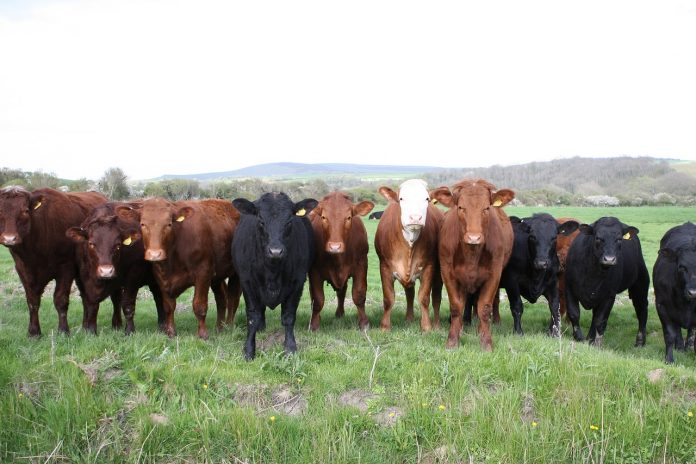Young kids often have a misplaced sense of confidence. “Wook, how high I jump.”
As a toddler, one of my girls used to love to show off that skill.
She’d squat down, chubby thighs almost touching the ground and she’d give it her all.
Her jump would maybe clear all of two inches.
She was always thrilled. “I’m w-eally good at that, w-ight, Mom?”
At 2, that sureness is endearing. A few decades older, not always.
We get phone calls, emails and Facebook messages, people stop by after a speaking engagement. The venue, medium and producer may vary, but the tone is often the same: “I have good cattle. How can I get paid more for them?”
Of course, running a long-standing ranch business is well beyond toddling, but consistently earning value-added premiums takes a lot of proof.
I’m not one to dodge a question, and my career is pretty much built on how to earn more with cattle. I believe market signals work — you know, the ones sent back through the beef supply chain from cattle buyers and their beef buyers.
Once you take out seasonal factors and unpredictable swings, in the end and on average, the open market usually comes out so that better cattle bring better prices.
But when I detect the claim “I have good cattle” is more of an opinion than fact, I start off as a skeptic. Like any buyer would. How do you know they’re good?
Before I even ask the question, some go on to list possible evidence that they do indeed have good cattle.
“I buy expensive bulls.”
“They look good.”
“It’s a completely closed herd.”
“They always top the auction market.”
“We’ve had repeat buyers year after year.”
Some of those indicators are more valid than others. Bulls bought on price alone, don’t tell the same story as what expected progeny differences (EPDs) you’ve focused on.
We know buyers are keeping track of the cattle that hit it out of the park, and conversely, those that strikeout.
If they want them back, the cattle probably did work to some degree. But there’s no way to tell if they were the best in the yard or just average.
How can you be sure that your cattle are making money for the next person who buys them?
Several years ago, word of mouth was the best data you had as a cow-calf producer who sells at weaning.
If that farmer-feeder in Iowa bought your dad’s cattle and kept buying yours, they must be all right.
If a packer-buyer said the cattle were good, you could go home assured you’d done your job well.
Today, it’s a different world.
The days of, “you can’t tell if they’re good until you take that hide off” have given way to new tools.
Now we have DNA tests that give you a sneak peek. Now we have feeder calf programs that help assign a number to predict later performance and give you a benchmark to track from year to year.
Once you’ve found out how your cattle stand up to the competition, then you’ll be able to weigh value-added marketing options.
You can form relationships and communicate with buyers. You can use that data to help earn more.
With the enthusiasm of an unbridled 2-year-old, you can say, “I have good cattle.”
It’s a pretty satisfying statement when you have the data to prove it’s true.













